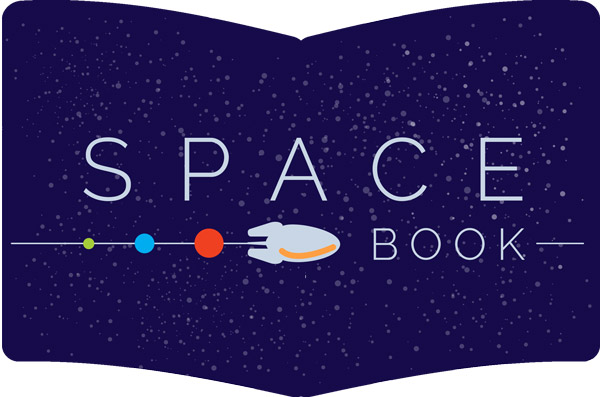
Image credit: NASA
Venus is the second closest planet to the Sun with an average distance of 0.723 AU or 1.082 x 108 km. It takes 224.7 Earth days to orbit the Sun, and rotates retrograde (opposite the direction it orbits) very slowly at a rate of 1 rotation every 243 Earth days. Its mass is 4.868 x 1024 kg or 0.815 Earth masses and it is nearly the same size as Earth with a radius of 0.9488 the Earth's radius. It has no moons, and a very thick atmosphere composed mainly of carbon dioxide. Its surface is extremely hot with and average temperature of 733 K (460 °C or 860 °F).
Venus can be seen with the naked eye for a few hours before or after sunset, depending on which side of the Sun it is on relative to Earth. It never travels more than 47° from the Sun from our point of view. Scientists are not yet sure whether it has a liquid core, but it does not have a magnetic field.

Ultraviolet image of the atmosphere of Venus taken by the Pioneer Venus Orbiter in 1979. Image credit: NASA
Venus has many large volcanoes and its atmosphere has evidence of recent volcanic activity. Because of its thick atmosphere which causes a huge greenhouse effect, Venus is the hottest planet in the solar system. The atmosphere also has clouds of concentrated sulfuric acid. Venus seems not to have plate tectonics like Earth does because its crust is too thin and its interior too hot for large plates to form from the crust. Instead it may have flake tectonics where the thin surface crust flakes and crumples.
Many spacecraft, including the Soviet Venera space probes 3-14, and Mariners 2,5 and 10, have flown by or landed on Venus. Most of the spacecraft that landed on Venus lasted only a very short time because of the high pressure and extreme heat.
Both NASA and ESA announced new missions to Venus in 2021. NASA's VERITAS and DAVINCI missions will launch in the late 2020's, and ESA's EnVision mission will launch in the early 2030's.


